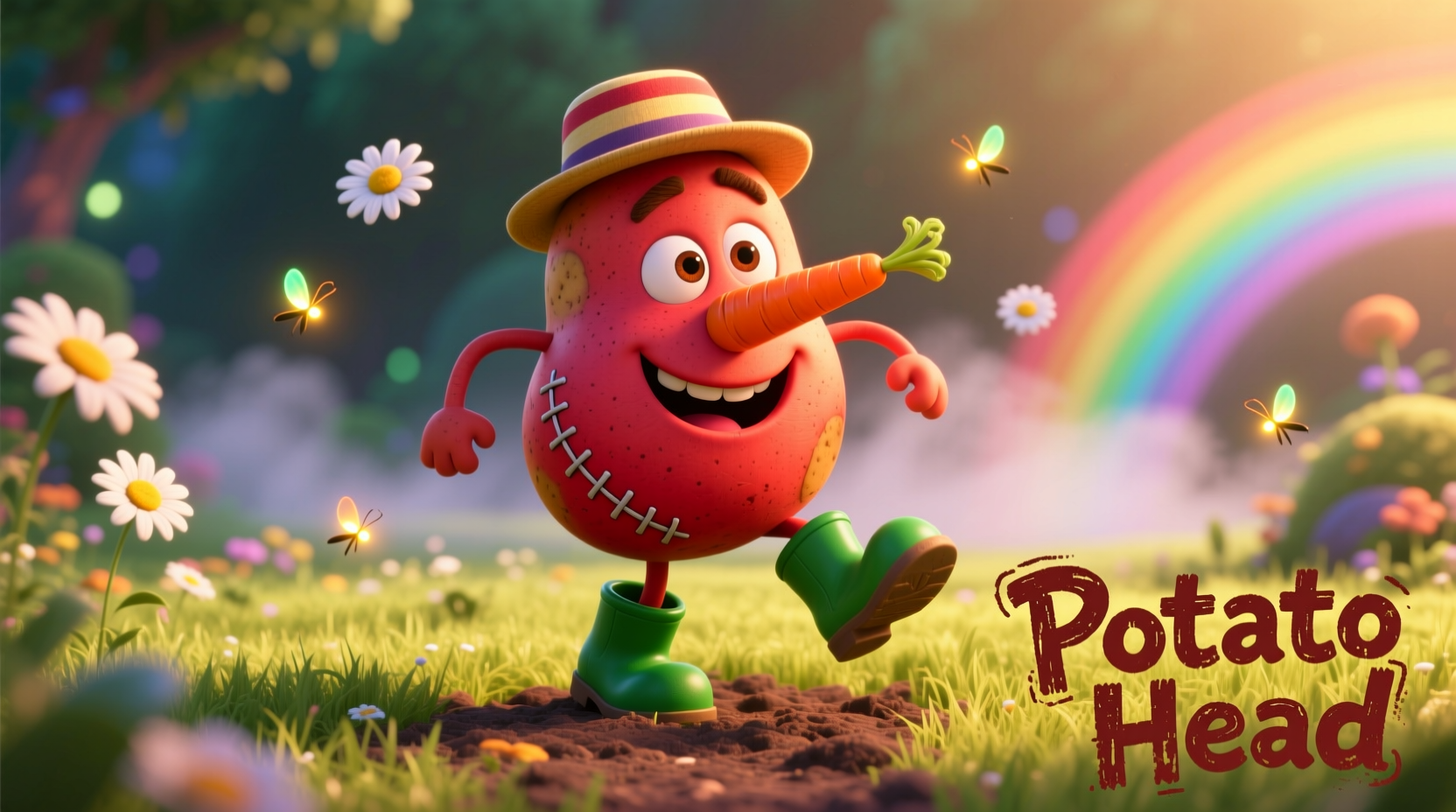The Evolutionary Journey of a Simple Spud
When you search for "potato head," you're likely exploring one of history's most enduring toys. Unlike modern interpretations, the original Mr. Potato Head didn't come with a plastic body—children used actual potatoes from their kitchens, transforming ordinary vegetables into personalized characters. This ingenious concept tapped into children's natural creativity while introducing them to basic assembly skills.
From Kitchen Counter to Cultural Icon: A Historical Timeline
Understanding how this simple concept became a global phenomenon requires examining its remarkable evolution. The toy's journey reflects broader changes in manufacturing, marketing, and childhood itself.
| Year | Milestone | Significance |
|---|---|---|
| 1952 | Original release by Hasbro | First toy marketed directly to children via television commercials |
| 1964 | Plastic body introduced | Eliminated need for real potatoes, improved durability |
| 1998 | Inducted into National Toy Hall of Fame | Recognized for enduring cultural impact and innovation |
| 1995-2023 | Featured in Toy Story film series | Revived interest across multiple generations |
Why This Simple Toy Transformed Playtime Forever
Mr. Potato Head's revolutionary impact stems from several key innovations that changed toy manufacturing and marketing forever. Before its introduction, toys were primarily sold through print media or in-store displays. Hasbro's decision to advertise directly to children on television created an entirely new marketing paradigm that continues to shape the industry today.
According to the National Museum of Play, Mr. Potato Head generated $4 million in sales during its first year—equivalent to approximately $42 million in today's dollars. This unprecedented success demonstrated the enormous purchasing power of children as a demographic and established television as the primary medium for toy marketing.
Educational Value Backed by Child Development Research
Beyond its entertainment value, Mr. Potato Head offers significant developmental benefits that parents and educators should recognize. The toy's design naturally encourages several critical childhood development areas:
- Fine motor skill development through precise placement of small features
- Creativity and imagination by creating endless facial combinations
- Emotional recognition through experimenting with different expressions
- Problem-solving skills when features don't fit as expected
Research published in the Journal of Developmental and Behavioral Pediatrics confirms that toys requiring assembly and manipulation significantly enhance spatial reasoning abilities in children aged 3-6 years—a critical window for cognitive development.

Collectibility and Cultural Significance Today
For collectors and nostalgia enthusiasts, understanding the different eras of Mr. Potato Head production helps identify valuable pieces. Early versions from the 1950s featuring the original packaging and requiring real potatoes command premium prices in the collector's market.
The toy's cultural significance extends beyond playrooms. Mr. Potato Head has appeared in major art installations, been referenced in political cartoons, and even inspired scientific research into facial recognition technology. Its simple yet expressive design makes it a versatile symbol across multiple disciplines.
Practical Tips for Modern Play and Collection
Whether you're introducing Mr. Potato Head to a new generation or expanding your collection, these practical insights will enhance your experience:
- For parents: Look for versions with larger features if playing with toddlers to prevent choking hazards
- For educators: Use the toy to teach emotion recognition by creating different facial expressions
- For collectors: Original boxes significantly increase value—store them in acid-free containers
- For preservation: Keep vintage pieces away from direct sunlight to prevent plastic discoloration
When selecting modern versions, consider those with additional accessories that encourage storytelling and imaginative play beyond basic assembly. The most valuable iterations maintain the toy's original spirit while incorporating contemporary safety standards and creative possibilities.











 浙公网安备
33010002000092号
浙公网安备
33010002000092号 浙B2-20120091-4
浙B2-20120091-4